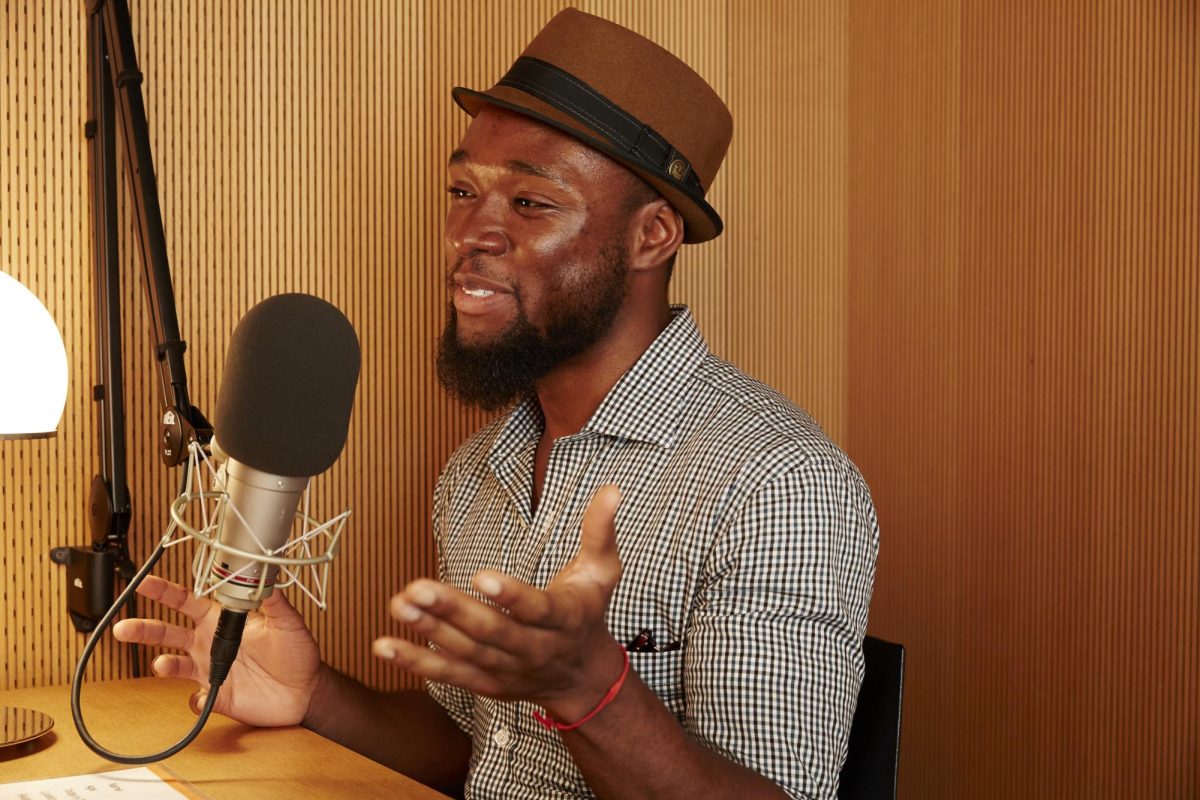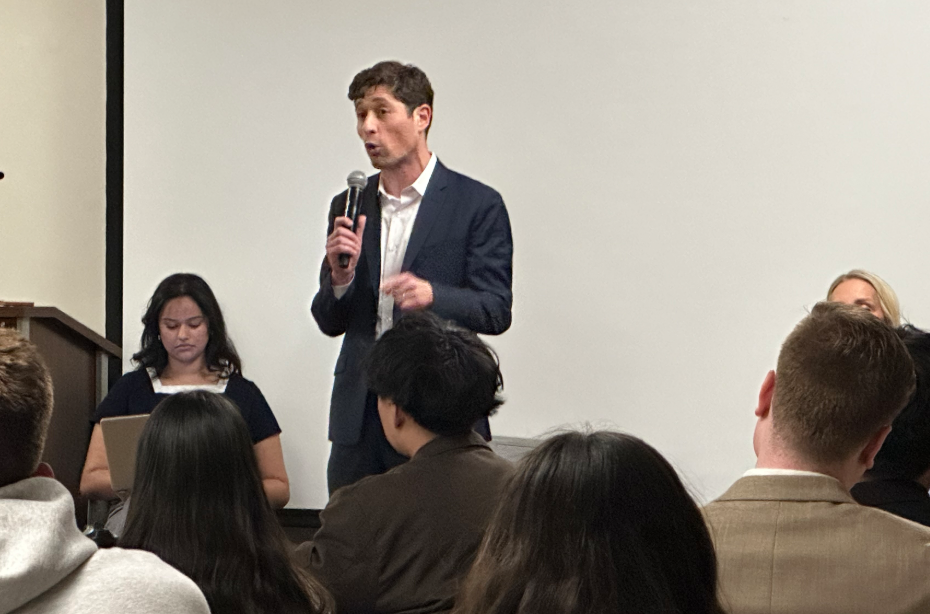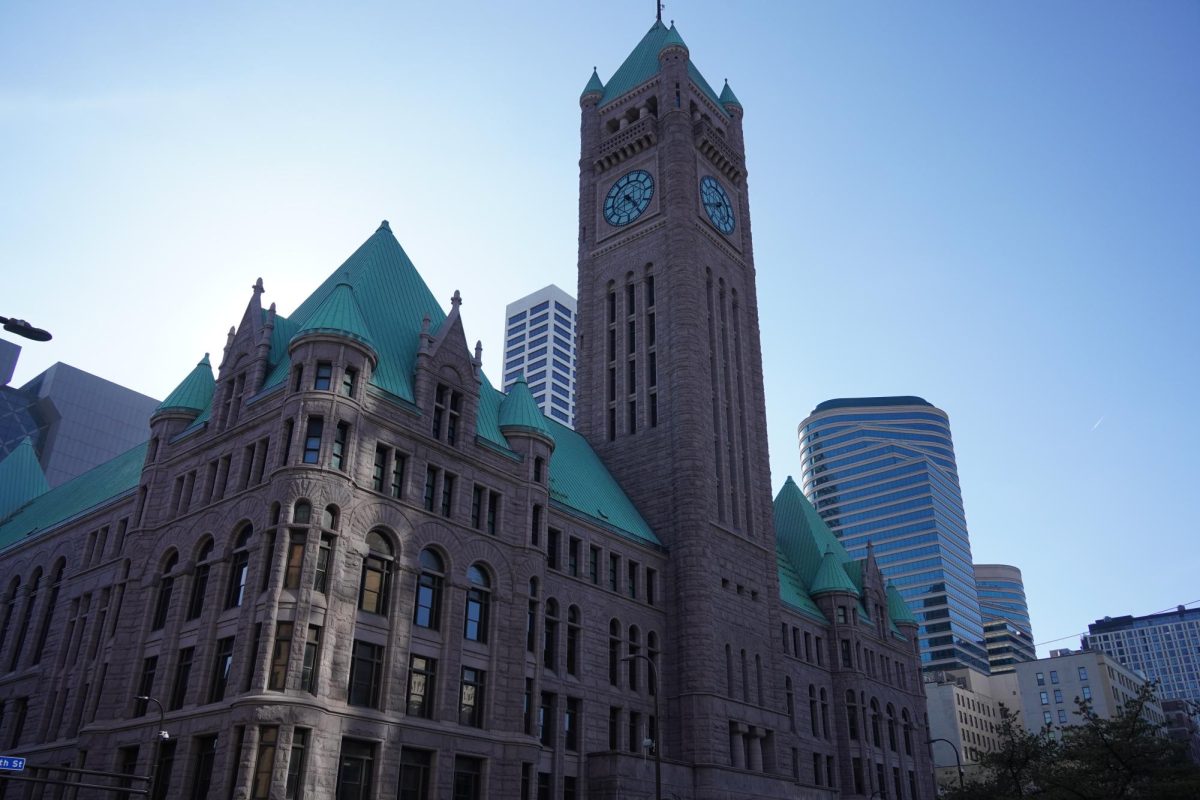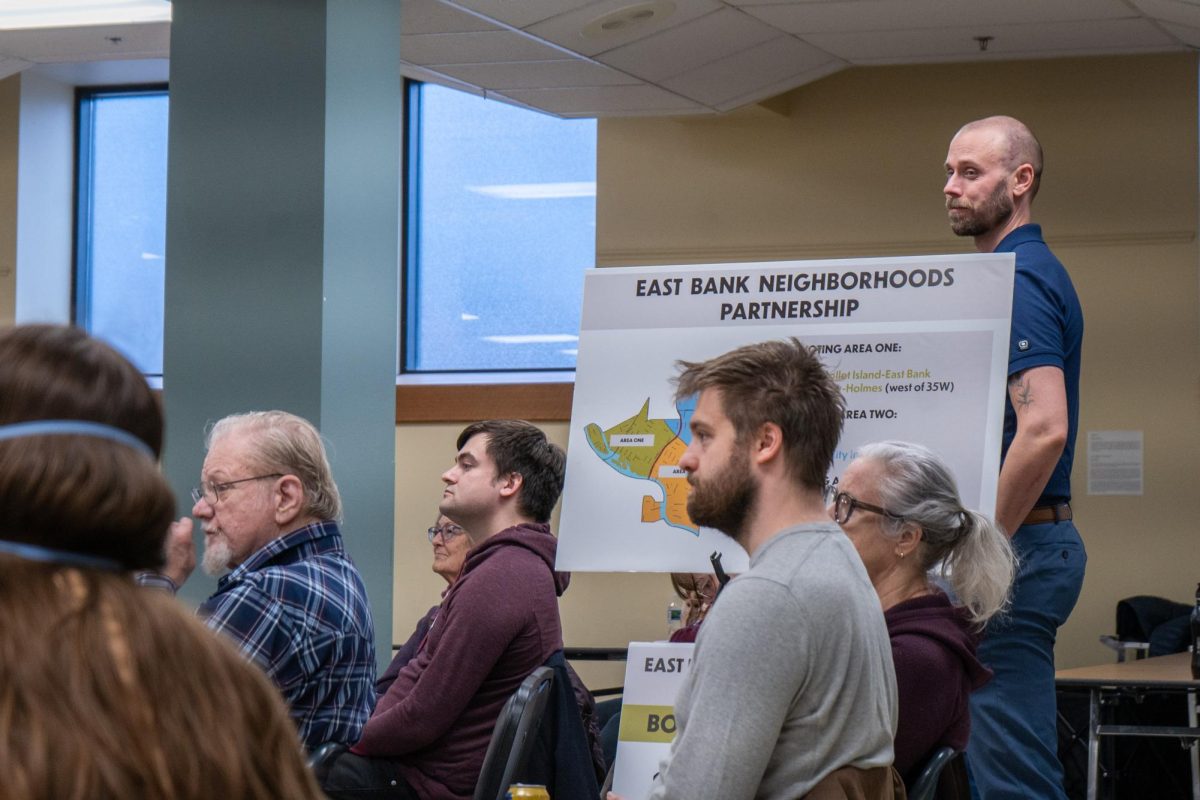Despite a growing minority population in the state, the
Minnesota Legislature continues to fall behind on diversity.
In the state legislature’s history, there have only been 36
lawmakers who’ve identified as racial or ethnic minorities. Currently, only 11
of 201 state legislators identify as minorities — about 5 percent.
Sen. Jeff Hayden, DFL-Minneapolis, said he thinks the
legislature’s lack of diversity is reflective of state disparities.
“If you are white in Minnesota, you really do well. You’re
well-represented,” he said. “And then if you are a minority in Minnesota, you
really are in the gap.”
According to 2015 census data, Minnesota’s minority
population is 19 percent — about four times higher than the legislature’s.
Factors contributing to this gap include a lack of
engagement and mentorship for minority communities from governmental officials,
said Rep. Rena Moran, DFL-St. Paul.
To introduce more minority voices into the legislature,
Moran said lawmakers first need to acknowledge the disparities among elected
officials.
“[Legislators] have to make that a priority,” she said.
Ilhan Omar, candidate for State House District 60B, said
many minority candidates that run for office often lack the support from
political parties and the political elite.
But the lack of support can also come from voters, who
sometimes show uneasiness toward black candidates, said Michael Minta, a
University of Minnesota political science professor.
“Even when you have people that have … similar ideological
backgrounds … studies show that there’s still … this discomfort that many
whites may have about blacks in general, and they project those onto the
candidates,” he said.
But officials said there are more issues than the lack of
representation, such as income inequality.
“That suggests that,
when you run for office, you have to be able to have money, or you have to be
able to raise some money,” Hayden said.
And the gerrymandering of districts group people together
into less diverse communities, Minta said.
“The type of districts that are drawn … at the legislative
level really affects the type of people that are going to be represented,” he said.
Having fewer minority legislators at the capitol also
creates a symbolic issue, Minta said, adding that young people may not think
they can become legislators if they don’t see anyone who looks like them.
“I think that it’s good to have … role models, and people
can say ‘hey, I can do that,’” he said.
Moran said if more minority voices were in the legislature,
there’d be more policies to help reduce state disparities and biases.
“There are more people of color in the state and growing
than there ever has been, but the legislature is somewhat static,” Hayden said.
“If we don’t have more people who understand and represent those communities …
then we’re going to ultimately fall behind.”







